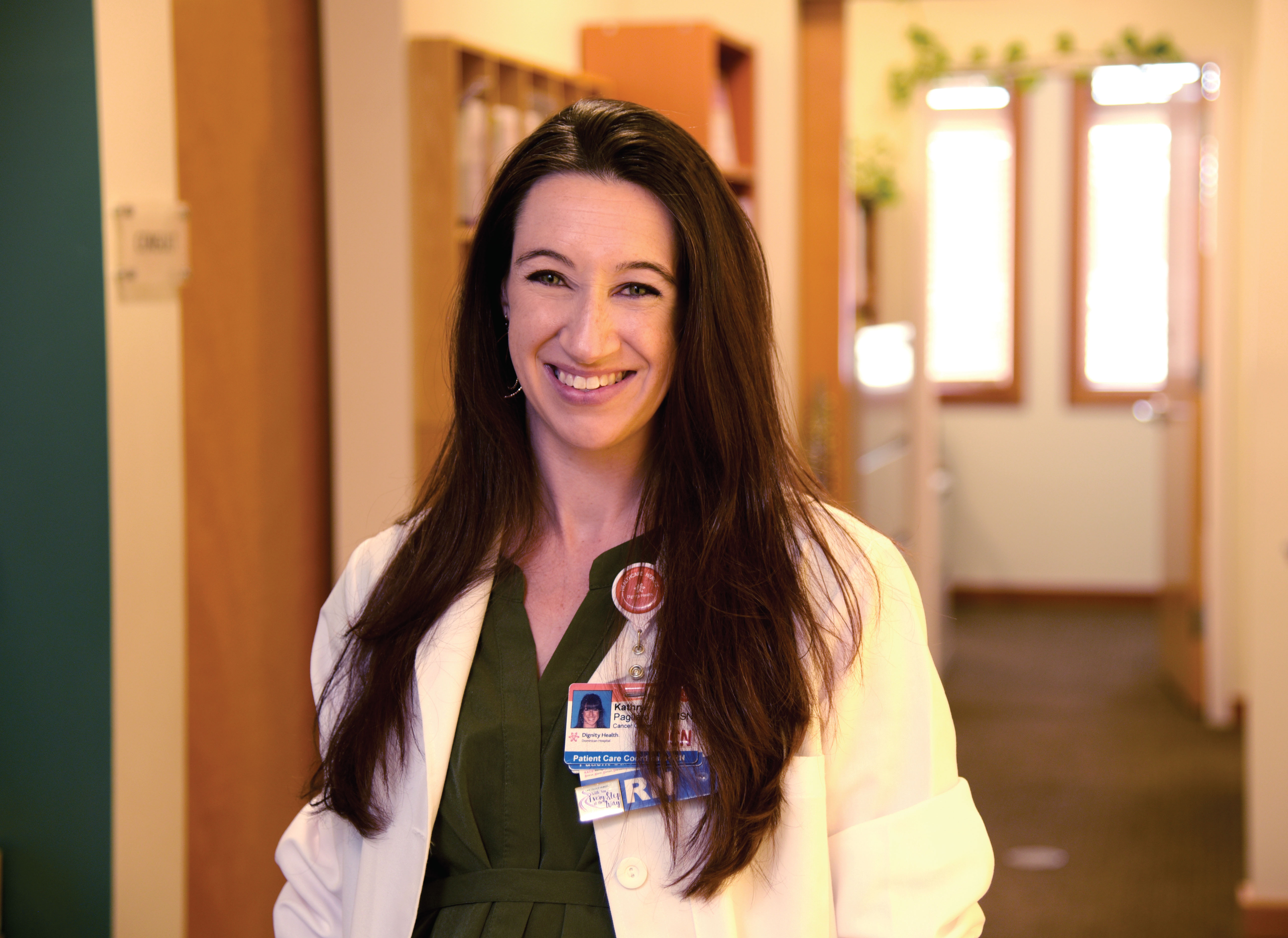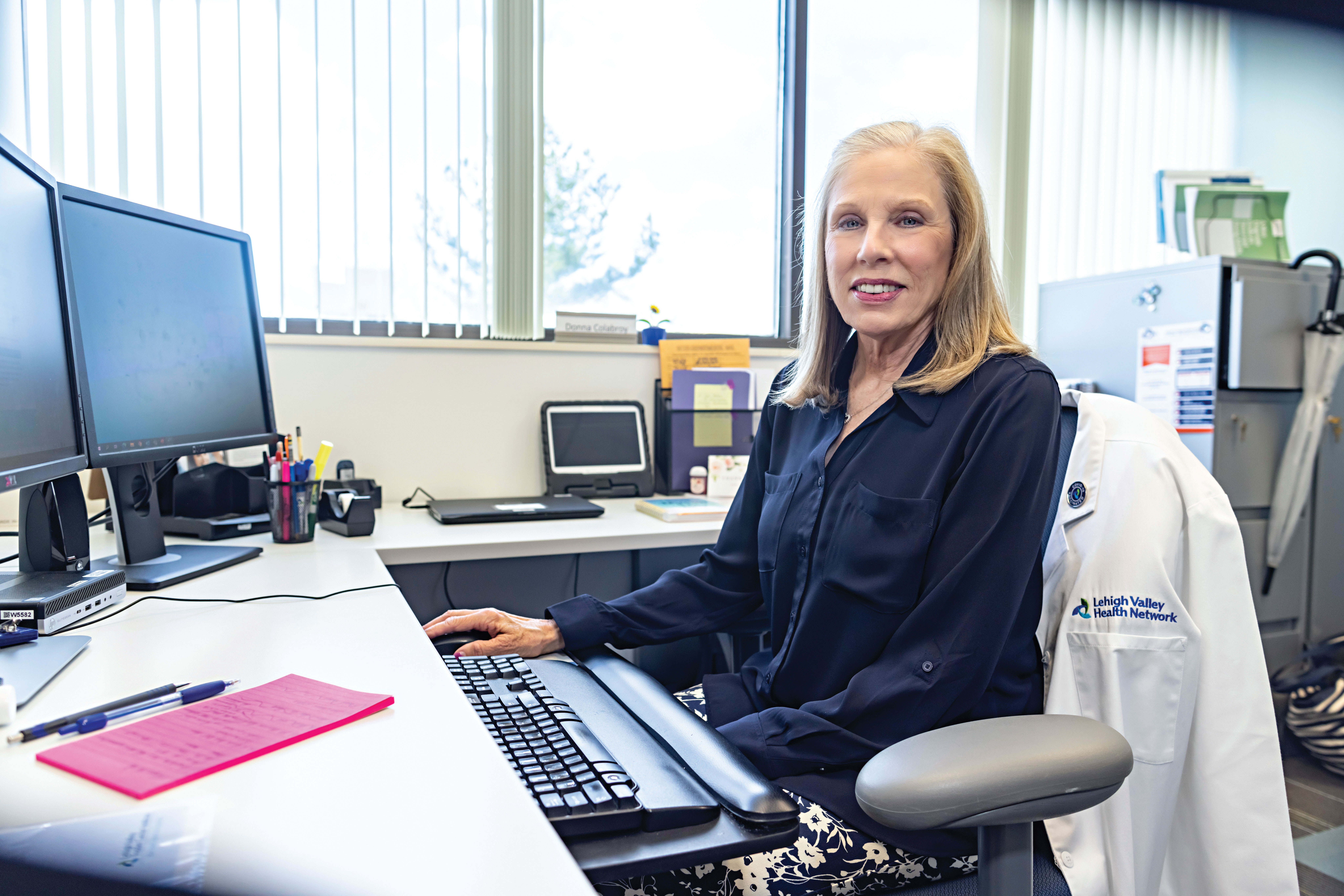Special Populations
Various patient groups, including children, racial and ethnic minorities, and low-income populations, may need more specialized healthcare services than others, particularly during a cancer journey.
Whether it’s a different approach, nontraditional strategies to access services, or new collaborations, oncology nurses and other members of the cancer care team must get creative to provide optimal care.
Oncology nurses caring for special patient populations address (https://connect.springerpub.com/content/sgrcn/25/2/82) patient risk and barriers to care through needs assessments, direct care provision, patient and family education, and mobilization of an interprofessional team. The nurse’s perspective is essential (https://www.ahrq.gov/topics/individuals-special-healthcare-needs.html) in improving outcomes for special patient populations.
“One of the most important factors when caring for special patient populations in general is to keep an open mind with each patient,” ONS member Kathryn Pagliaro, RN, MSN, OCN®, cancer center clinical coordinator at Dignity Health Dominican Hospital’s Katz Cancer Resource Center in Santa Cruz, CA, said. “Avoid any preconceived judgements or biases, and create an open and trusting relationship with the patient so they express the areas they need assistance in and can accept help and support services.”

“Nurses can initiate effective care options by striving to understand the unique needs of a special population of patients,” ONS member Donna Colabroy, MSN, RN, AOCNS®, oncology clinical nurse specialist at Lehigh Valley Topper Cancer Institute in Lehigh County, PA, said.
Disparities for Patients Experiencing Homelessness
The National Alliance to End Homelessness reported (https://endhomelessness.org/homelessness-in-america/homelessness-statistics/state-of-homelessness-2021/) that in January 2020, an estimated 580,466 people in the United States were experiencing homelessness. In Santa Cruz County, Pagliaro collaborates with an interprofessional team of oncology nurses, oncology social workers, and financial navigators to care for and provide education and resources to those individuals when they’re facing cancer.
Pagliaro said that advocacy for patients experiencing homelessness is critical because cancer is a leading cause of death (https://cjon.ons.org/cjon/22/6/homeless-cancer-unrecognized-problem-united-states) among that special population. In addition, Pagliaro said a lack of access to health care and the competing priorities of managing day-to-day survival, like obtaining food and shelter, often leads to late-stage diagnoses, which can result in poorer prognoses.
“Advocate for patients experiencing homelessness and assist them in overcoming barriers to care to ensure that they have equal opportunities and access to cancer treatments,” Pagliaro said.
Transportation: Lack of reliable transportation has been identified (https://link.springer.com/article/10.1007/s10900-013-9681-1) as a primary reason for missed healthcare appointments. Pagliaro said that prior to the COVID-19 pandemic, the Katz Cancer Resource Center provided patients experiencing homelessness with bus passes to use for appointments. However, since the pandemic began, Pagliaro explained that more patients are opting for rides from friends rather than relying on public transportation, and gas cards have become a more important resource. Paratransit tickets (https://myrts.com/RTS-Access/What-is-Paratransit) can also assist patients who prefer that method of transportation.
Financial toxicity: Insufficient or inadequate medical reduces access to health care, and out-of-pocket medical care costs may lead patients to delay or forgo (https://www.healthypeople.gov/2020/topics-objectives/topic/social-determinants-health/interventions-resources/access-to-health) needed care.

“If patients have difficulty with insurance copays for appointments, oncology nurses can find grants, scholarships, or other funding resources to assist them with the cost,” Pagliaro said. “If a patient is unable to pay for a medication, financial navigators can identify copay assistance programs or free drug replacement programs that alleviate the patient’s responsibility for the medication.”
Pagliaro said that connecting patients with grants for household bills or providing grocery or gas cards can help them alleviate other sources of financial burden so they can afford their copays for oncology-related appointments or medications.
Shelter: “Housing is one of the biggest barriers that patients experiencing homelessness face, and it’s a major concern for the providers who usually want this addressed prior to the start of treatment,” Pagliaro said. “For example, vomiting and diarrhea are common side effects that patients undergoing chemotherapy or radiation may experience, and it is imperative that patients have access to a bathroom and running water. In addition, patients with cancer have an increased risk for infections, making a clean environment with running water and showers important for their health and safety.”
Lack of a stable, clean environment can also be a barrier for medication safety, Pagliaro explained, because some patients experiencing homelessness have reported that their medications were stolen in unsafe environments.
“Some providers do not want to start treatment until a patient is in stable housing,” she said. “Interprofessional teams can collaborate with community organizations to get a patient into either a shelter, a recuperative care center, or a skilled nursing facility, in addition to assisting in helping patients get into section 8 or subsidized housing for more permanent housing solutions.”
Complex Needs Among Adolescents and Young Adults
Approximately 70,000 adolescents and young adults (AYAs) aged 15–39 are diagnosed (https://acsjournals.onlinelibrary.wiley.com/doi/full/10.3322/caac.21585) with cancer annually, and more than 80% (https://link.springer.com/article/10.1007/s11912-020-01011-9) of them will become long-term survivors. However, more than half of AYA survivors do not receive (https://link.springer.com/article/10.1007/s11764-021-01105-8) survivorship cancer care, creating a critical need for oncology nurses to advocate for this special population.
At Lehigh Valley Topper Cancer Institute, Colabroy and an interprofessional AYA team comprised of a social worker, nurse navigator, clinical oncology nurse, counselor, and clinical nurse specialist identify and address barriers (https://scholarlyworks.lvhn.org/cgi/viewcontent.cgi?article=1818&context=patient-care-services-nursing) to oncology care for AYA patients with cancer. The team developed (https://cjon.ons.org/cjon/25/2/adolescent-and-young-adult-cancer-survivors-development-interprofessional-survivorship) an interprofessional survivorship clinic to provide follow-up care and key services, such as reproductive medicine consultations for fertility discussions, financial counseling and resources, and interventions for psychosocial and behavioral factors.
Social issues: Colabroy explained that a cancer diagnosis may produce social concerns and barriers to care that can affect AYAs’ educational and employment goals and financial independence (https://acsjournals.onlinelibrary.wiley.com/doi/10.1002/cncr.29866). Cancer treatments may interrupt classes and work schedules, negatively affecting performance in school or work. Physical and psychosocial limitations from cancer or its treatment can also increase (https://ashpublications.org/hematology/article/2018/1/146/277623/Long-term-complications-in-adolescent-and-young) the likelihood of adjusting career goals, stopping work, or working part-time, resulting in fewer managerial positions and lower incomes among AYA survivors.
As a result, many AYA patients rely on their families for financial support and transportation, enforcing dependency and loss of control. Many social concerns may contribute (https://journals.sagepub.com/doi/10.1177/1043454221992302) to decreased adherence with the cancer treatment plan.
To address social needs in AYA patients with cancer and survivors, including financial stability, insurance coverage, and adherence to treatment or follow-up care, Colabroy recommended:
- Recruiting an interprofessional team of oncology support services to address specific needs
- Evaluating for a referral to financial counseling regarding Medicaid, Social Security, and disability insurance, as well as information on state programs and public assistance
- Collaborating with a social worker to:
- Assist with local transportation resources, voucher programs, or ride programs through charitable organizations.
- Discuss the anticipated impact of cancer care on a patient’s education and arrange educational support services.
- Providing education (https://www.nccn.org/professionals/physician_gls/pdf/aya.pdf) regarding all medications and their purposes, dosage, and potential adverse effects prior to treatment start and at every treatment change and explaining the patient’s responsibility for treatment adherence
- Advocating with the oncology care team for flexible scheduling that facilitates adherence and minimally interrupts school and work schedules
Survivorship: After treatment, Colabroy said that AYA cancer survivors may experience greater emotional distress and a less positive health outlook than their peers without a cancer diagnosis. Survivorship can be associated with a fear of cancer recurrence and late effects of treatment, infertility, physical impairments, employment challenges, and difficulty with insurance. Colabroy said AYA survivors also demonstrate a greater incidence of obesity, smoking, poor mental health, and chronic health conditions. Contributing barriers include (https://ashpublications.org/hematology/article/2018/1/146/277623/Long-term-complications-in-adolescent-and-young) lack of insurance and access to care, conflicting priorities of career and family, and difficulties with knowledge and communication.
“Oncology nurses can address those barriers by reinforcing the importance of continued surveillance during survivorship while AYAs are still receiving active treatment,” Colabroy said. “Provide information regarding survivorship programs that specifically address the needs of the AYA patient and encourage them to discuss their follow-up care once treatment ends with their oncology provider.”
Psychosocial Aspects of Care for Special Populations
Patient groups like those experiencing homelessness and AYAs with cancer may have psychosocial considerations that oncology nurses should address.
Pagliaro explained that in some circumstances, patients who experience homelessness may also face mental health or substance abuse factors (https://www.tandfonline.com/doi/full/10.1179/1573658X15Y.0000000004). “Over the past two years, we have found a dramatic increase in the need for counseling and psychiatric referrals and encountered barriers such as counselors not taking any new patients, inability to pay out of pocket for the sessions, or lack of communication and follow through by the patient,” Pagliaro said.
Colabroy said that AYA patients may experience (https://ashpublications.org/hematology/article/2018/1/146/277623/Long-term-complications-in-adolescent-and-young) challenges with sexual dysfunction and infertility, body image concerns, identity, relationships, and emotional well-being. Other changes to physical appearance such as hair loss, surgical alterations and scars, or body composition differences can negatively affect self-esteem, causing AYA patients to feel isolated from their peers, friends, and family. Poor emotional well-being, anxiety, and depression may also result (https://link.springer.com/article/10.1007/s11912-020-01011-9) from a lack of intimate relationships.
Both Colabroy and Pagliaro said that oncology nurses should assess for behavioral or psychosocial concerns, including lack of a support system, a cancer diagnosis’s impact on self-esteem and identity, and current or prior history of anxiety, depression, or mental health concerns, then discuss them with the treatment team for additional interventions.
Nursing Considerations for All Special Populations
Accessing interprofessional and community resources can enhance care for special patient populations, Colabroy and Pagliaro said.
“Involve interprofessional and community resources,” Colabroy said. “Provide appropriate services based on demonstrated needs, and verify those resources and follow-up assessments at discharge or treatment completion to ensure safe transitions.”
“The first step in creating resources or programs for special populations is recognizing the needs or gaps in care and the local or national resources that can supplement or fill those gaps,” Pagliaro said. “Use preexisting resources and materials when available, and combine materials to meet certain needs. Creating programs can be more challenging, but being creative and making connections with organizations allows you to build programs that enable your institution to grow and support the cancer community in more robust and comprehensive ways.”
